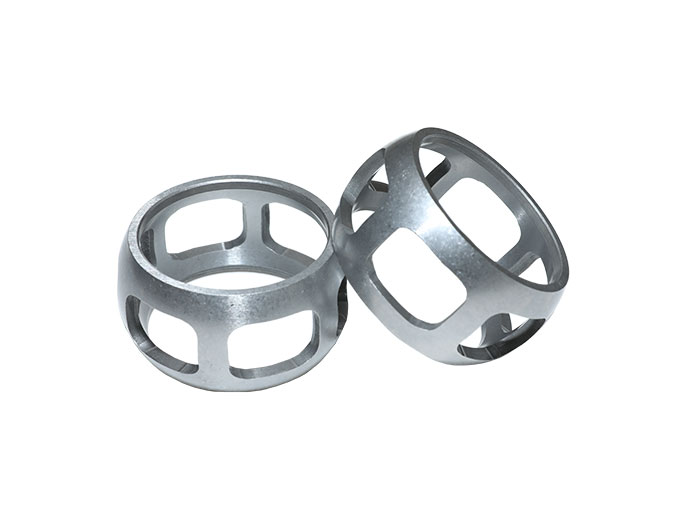There are several symptoms that may indicate that your inner CV joint is broken or worn out. When they are present, you need to have the CV joint replaced immediately, if possible. A broken or worn CV joint can lead to damage to the engine, which is not only expensive, but also dangerous.
Diagnose a faulty inner CV joint
If your car is bouncing when accelerating, there may be an issue with the inner CV joint. It could be caused by dirt or water getting into the CV joint. This can lead to more wear and tear on the joint.
Another common symptom of a faulty CV joint is a loud clicking sound when turning. The noise can be heard inside the vehicle or from the outside. While it isn't always indicative of a faulty joint, it does make sense to stop and check for damage.
If you're having a hard time hearing the clicking, try driving in a circle and turning to the side. This will allow you to hear it more clearly.
If you don't have a regular mechanic, it's a good idea to find one near you. You can then ask them to look for any signs of a bad CV joint. These symptoms will allow you to identify the problem and fix it.
Symptoms of a worn out inner CV joint
If you've noticed some symptoms of a worn out inner CV joint in your car, you should seek professional help. These joints are vital for transferring power to the wheels and help you maintain control of your vehicle. Failing CV joints can cause damage to your vehicle and put you at risk.
When an inner CV joint begins to wear out, you may notice that your car bounces on a flat surface. You also may hear knocking or clicking when you turn your wheel sharply. This may indicate that the joint is defective.
The best way to listen for a CV joint clicking noise is to turn the steering wheel to one side and accelerate slowly. You will hear a louder clicking when you step on the gas and decelerate.
Another sign that your CV joint is malfunctioning is when you see grease on the wheels. A thick, heavy grease can flung onto the brake calipers.
Cost of replacing a faulty inner CV joint
A worn CV joint can be an expensive repair. The cost depends on your car's make and model, the type of joint, the mechanic, and the amount of damage.
If you suspect that your CV joint is faulty, your best bet is to go to your local mechanic. While dealerships will charge you more, your local mechanic is more likely to have cheaper rates.
A faulty CV joint can cause excessive vibrations that can harm your transmission. These vibrations are particularly noticeable when you are turning. They can also affect your comfort and driving safety.
One of the most common signs of a faulty CV joint is a knocking sound. The knocking sound is usually louder at higher speeds. Another common sign is a clicking or popping noise during a turn.
Another indication of a faulty CV joint is leaking grease. Grease leaks can leave a thick black fluid on your wheels. You should check your tire for signs of a leak and have your CV boot replaced if necessary.
How to protect the threads of the new CV joint
When you need to replace a CV joint, you will want to protect the threads of the new CV joint. The best way to do this is to take advantage of a quality CV joint repair kit.
These kits are designed to provide you with everything you need to perform this job. They include top-quality boots, clamps, and grease pouches.
Before replacing the CV joint, you will need to remove the old one. This is usually done by prising it out of the transmission. You will need to do this with a hammer or some other hammer tool.
You will also need to replace the band clips, which hold the joint in place. In some cases, you will need to use special pliers to install the clamp.
After removing the joint, you will need to clean the inner and outer ring. You can use a thread file to clean the threads.
Once you have cleaned the threads of the nut, you can fit it. Make sure to use the recommended torque.
